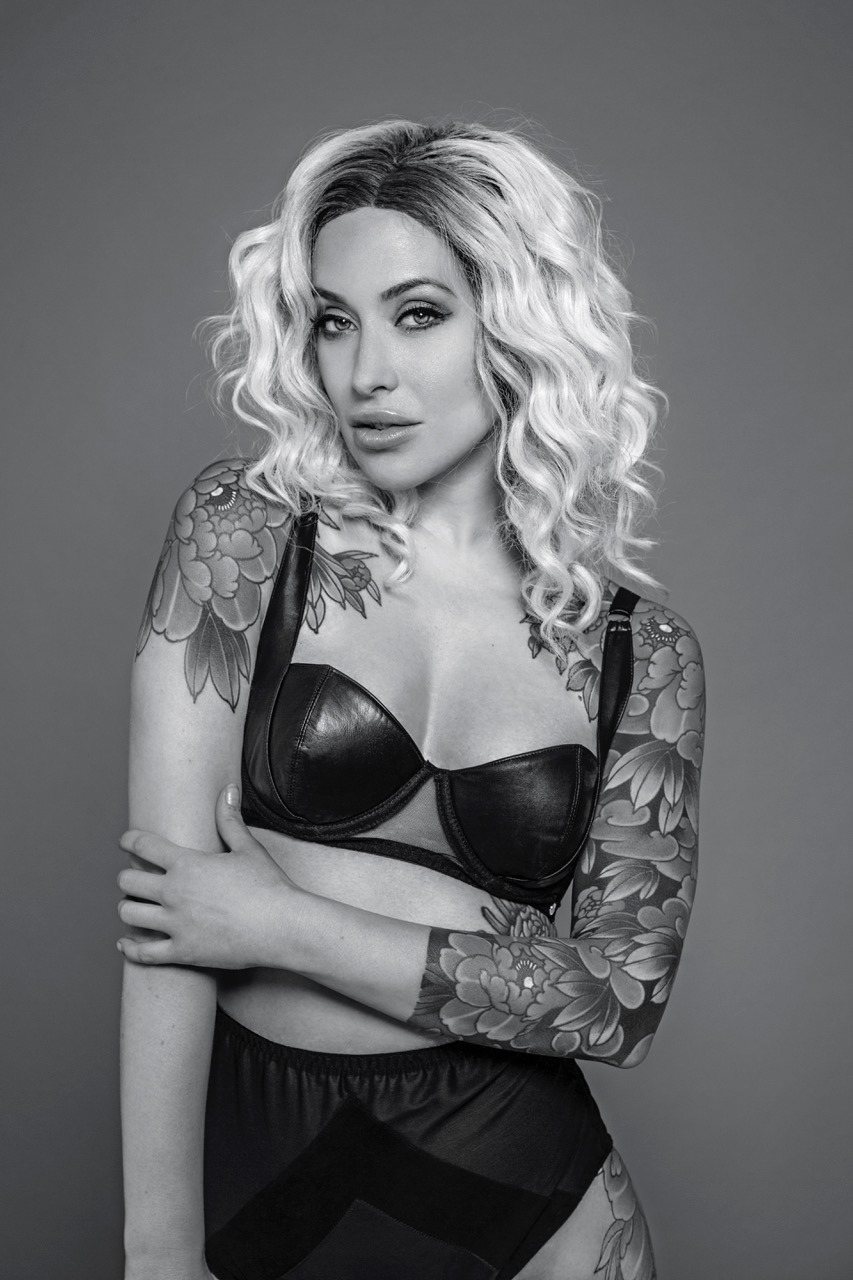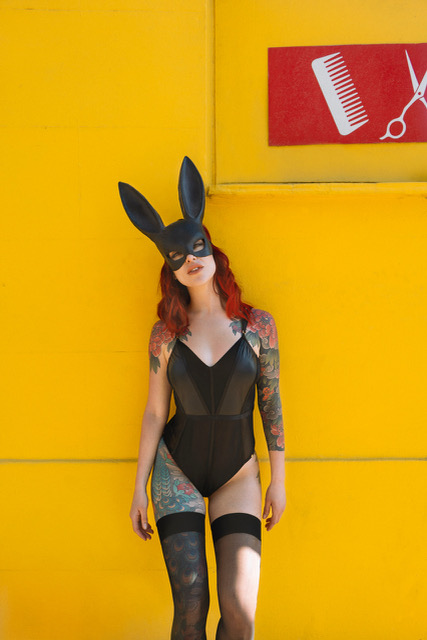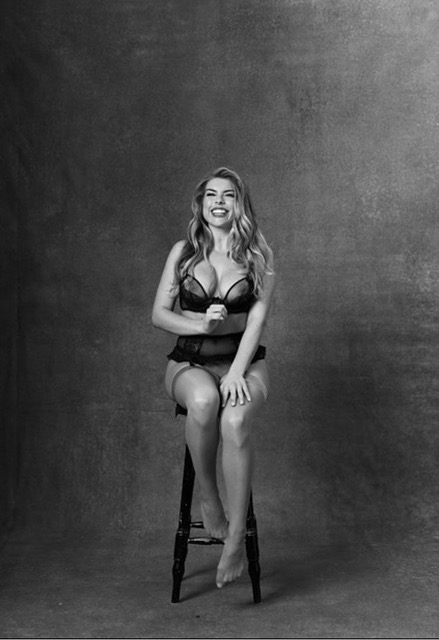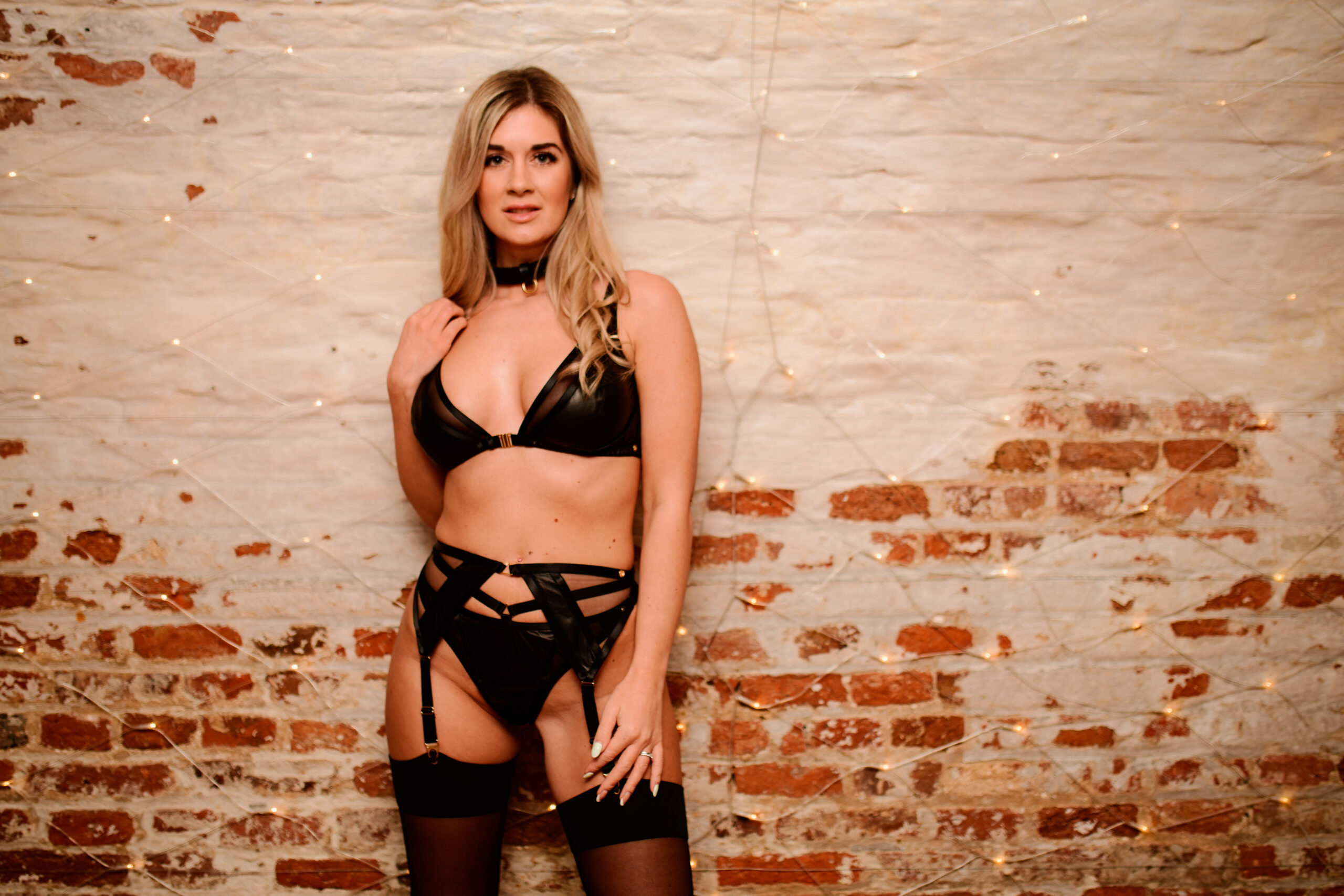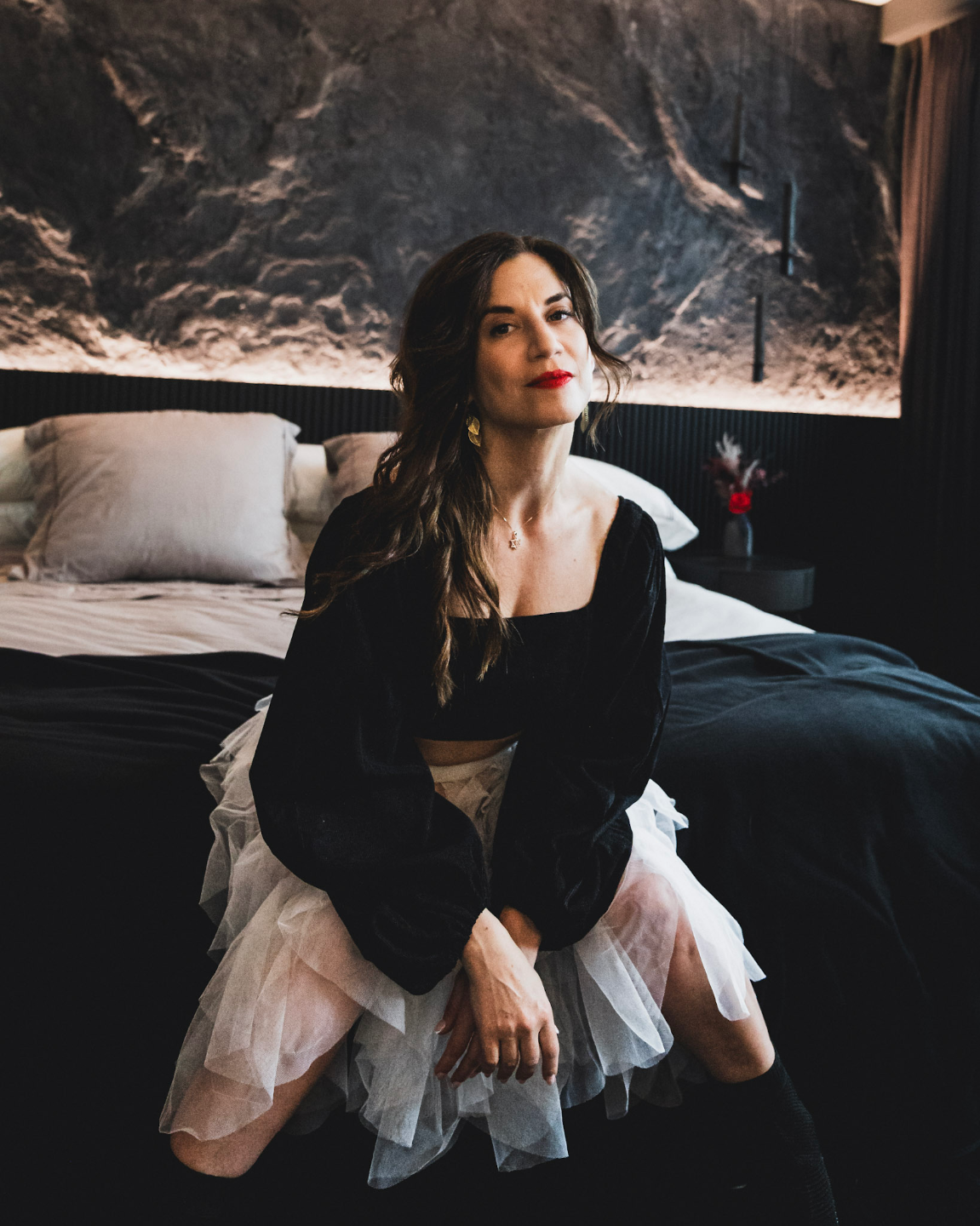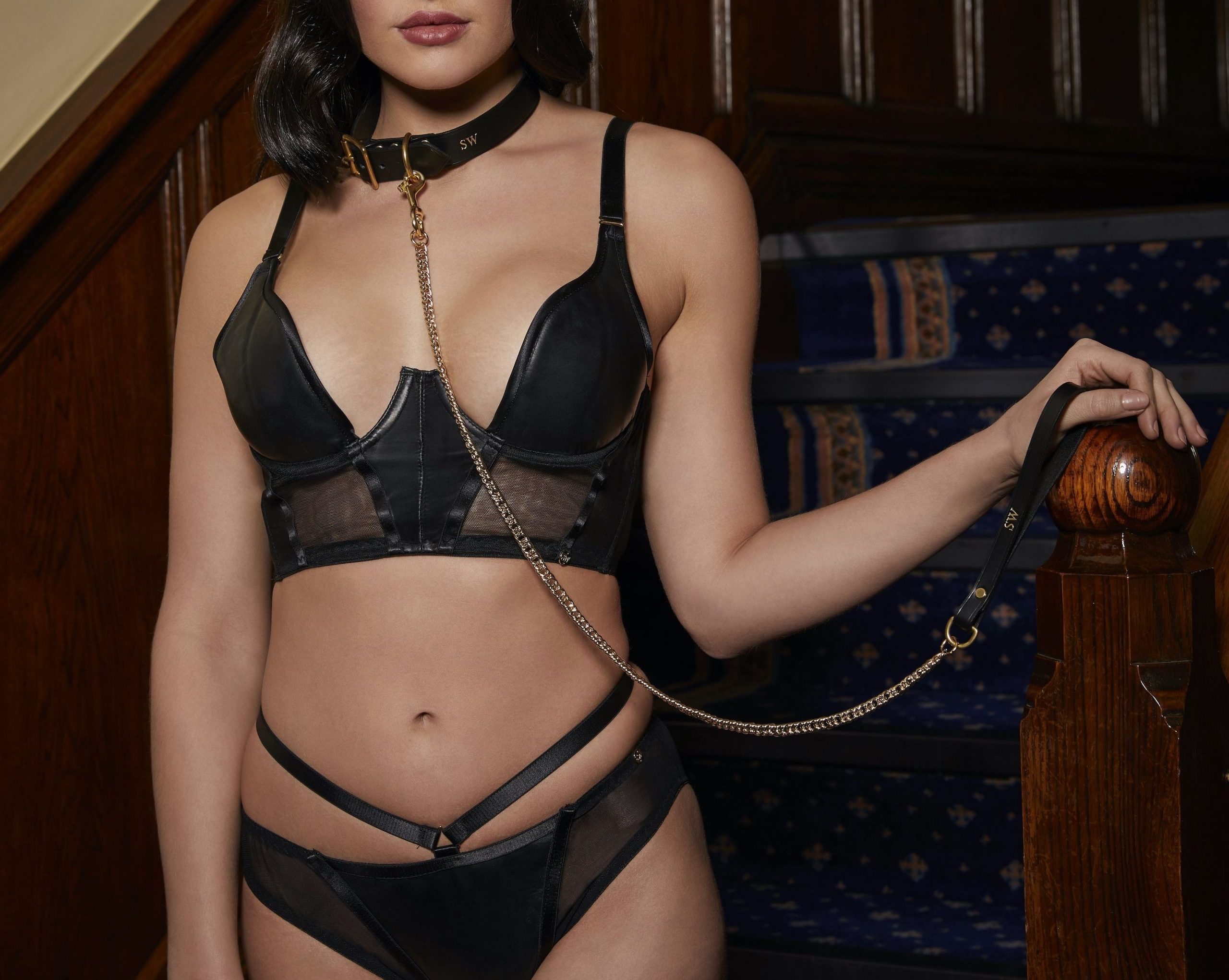
Wickedly Inspirational Women: Julia Schonstadt – Empowering women through photgraphy
Photography is really one of the greatest inventions in the modern world. In a society of slaves to social media, it can be easy to forget just how special photography can be; especially when you’re scrolling through feeds of perfectly filtered selfies, endless memes and oh-so instagrammable bars and restaurants, featuring overpriced and underwhelming cocktails and plates of pasta. In reality, what you’re looking at is thousands of tiny pixels; countless little dots of red, green and blue that come together to form the bigger picture.
But the process of taking a picture is more than just capturing light rays and populating screens with pixels. You capture a feeling. You immortalise a moment. We all have those photos – be it from a wedding day, a music festival, or just an afternoon at home – where you look at them and it takes you back in time. You can smell the air, hear the laughter, feel the warmth on your skin that gave you sunstroke later that day.
They say pictures paint a thousand words, but a memory is priceless. However, memories fade, and pictures last forever. Sometimes pictures capture those fleeting moments that we often didn’t appreciate at the time. Perhaps it captured the last time you got to spend with someone before they were taken away, and you didn’t realise it would be. Or you have a snap that captured a candid moment of laughter with a group of friends that you haven’t seen in years. There’s a reason the majority of the greatest photographs in history feature people, as opposed to still life. Photojournalism and documentary photography captures historical and harrowing, beautiful and tragic moments, and all those in between. Whether it’s the iconic ‘V-J Day in Times Square – The Kiss’’ by Alfred Eisenstaedt in 1945, Richard Drew’s ‘The Falling Man’ from the tragic 9/11 events in 2001 or Neil Leifer capturing the moment Muhammad Ali sparked out Sonny Liston in the 1965 Heavyweight title fight, it’s the people in these pictures that tell the stories.
Whether you’re a professional with a proper set up, or just like you and I shooting from a smartphone, there’s no denying the magic that those precious little pixels memorialise. Today’s wickedly inspirational woman is one who finds beauty in capturing our favourite subject – women. Julia Schonstadt is a talented, award winning photographer and video director, hailing from Berlin but now based in London.
As highlighted on her website, “she strives to collaborate and partner with brands that are committed to elevating the status of women, gender equality and female empowerment within the creative industry and beyond”. She has an impressive roster of commercial clients, previously including the likes of Redbull, Puma, Hunger Magazine, the Financial Times and Universal, alongside being on the roster of SOPA Images (a documentary photography agency) and Equal Lens, a non-profit championing the work of women and non-binary photographers, so commercial photography can truly reflect the world we live in. Some of our favourite work of hers that she’s created is for Erika Lust; the pioneering female porn director and brand leading the feminist porn movement. As you know, we’re all about “by women, for women”, and watching females thrive in a heavily male dominated industry really gets us going. Through female eyes, she captures the raw beauty and intimacy in adult films that’s often lost in most mainstream, male directed porn.
Keep reading to learn more about this incredibly inspirational woman, how she came to accept her sexuality, and how she feels about working in such a male dominated industry.
Tell us a bit about yourself, name, age, where you live?
My name is Julia, I am 35 years old, originally from Berlin, now living in London.
What do you do?
I am a photographer and director. I work with lens based media and I feel inspired by all things visual. I have always loved the freedom of switching between different media, formats, genres and styles. I dip my toes into a lot of different things which keeps my work interesting and challenging to me.
Can you tell us a little bit about your journey to get to where you are today as a photographer?
I came to photography relatively late – in my mid twenties. I studied photography in Berlin and then later did a Masters in London at Goldsmiths. I have always freelanced and I think I learnt the most of what I know on the job and through assisting. Besides my commercial work, I have always pursued personal projects as well, which I believe helps clients to understand you better, not only as a photographer but also as a person and what you stand for. Video became part of my work slowly along the way. I learnt from experimenting with moving image and trying to expose myself to creative environments as much as I could. I take inspiration from anything around me though.
Tell us 5 words to describe yourself?
adventurous, easy-going, driven, impatient, caring.
How do you feel when you wear lingerie as opposed to underwear?
Like a super babe 😉 Empowered. Confident.
What’s your favourite subject to photograph?
People generally. We are such complex beings, to me there is nothing more interesting than working with people. But to be more precise – I love photographing women. I love telling their stories and I love the beauty of women, inside and out. The tenderness, the roughness, the wild. The good, the bad and the ugly.
What is currently your favourite piece of lingerie that you own and why?
I’m a very classic girl when it comes to lingerie, I love anything black with lace and a beautifully detailed, revealing design.
Can you give us a top career highlight?
For me my biggest success is doing what I enjoy. Being able to do what I want with my time and that every week can be so different from the next. That’s success for me, rather than a specific job.
We love your commitment to partnering with brands that are committed to elevating the status of women, gender equality and female empowerment. How do you promote these values in your own work, when not partnered with brands?
I have always believed in the power of the camera as a means to tell a story. And to make that story heard. It’s my weapon of choice. I always strive to extend this virtue to people, but specifically women, who might not find themselves in a position that allows them to amplify their voices greatly. So I try to help them tell their own stories. Whether that’s a female ex-prisoner talking about her experience or working with ethical adult films to improve the working conditions for performers.
You’ve worked with Erika Lust before, one of the world’s top, and most ethically produced, adult film companies. What’s it like shooting/filming with them? What’s it like on set, do you find it an empowering situation for women?
Yes, absolutely, it’s hugely empowering work for women. I usually work with female crews only on those sets and it makes such a difference to the feel on set. But it’s not only about the shoot and equal opportunities, again it’s about trying to bring women to the table – especially in a genre that is known to be rather objectifying and damaging for women. So it’s been an amazing opportunity and experience working for Erika and to contribute to this effort.
What’s a major career goal for you?
I am someone who gets restless very quickly and so part of me would like to be a little less bound to one location. That can be challenging when working with clients and networking but this is something I would like to integrate into my work more. More specifically I would like to continue working with projects and brands that help empowering women and the LGBTQIA+ community.
What does female empowerment mean to you?
It means creating opportunities and change where used to be none or little. It means listening to female voices and taking them seriously. The photography and video industry is still quite heavily dominated by men. There are so many amazingly talented female artists out there and I wish that one day walking onto a set where women outnumber men or where there is a balance, won’t be a fact that the producer deserves a pad on the back for but that it will be the norm. I want to imagine a world where women don’t have to make themselves heard but will be listened to, in an equal degree. And that goes for all walks of life – not just in my industry.
‘Female sexuality is no longer a taboo’. Do you agree with this statement?
I think we’re on a good way to speak more openly about sexuality and sex all together. The female sexual experience has long been considered the Cinderella of the sex conversation, however I do feel like things are beginning to change. It’s a fine line, and an ironic one, that in our hyper sexualised world, we seem to find it difficult, having a healthy dialogue around all things sexy. However, I do believe we still have a long way to go.
What message would you give to your younger self e.g. as a teenager?
I would probably want to give my teenager self a long hug and tell her that being gay is nothing to be ashamed of. It’s definitely been the single most difficult thing that I had to figure out as a young person and at the time I didn’t feel like I had any role models or anywhere to turn to regarding my sexuality. So my message would be around having courage to be who you are.
To keep up to date with her incredible work, follow her on Instagram at @j.schoenstaedt, and check out her previous work at www.schonstadt.com.


